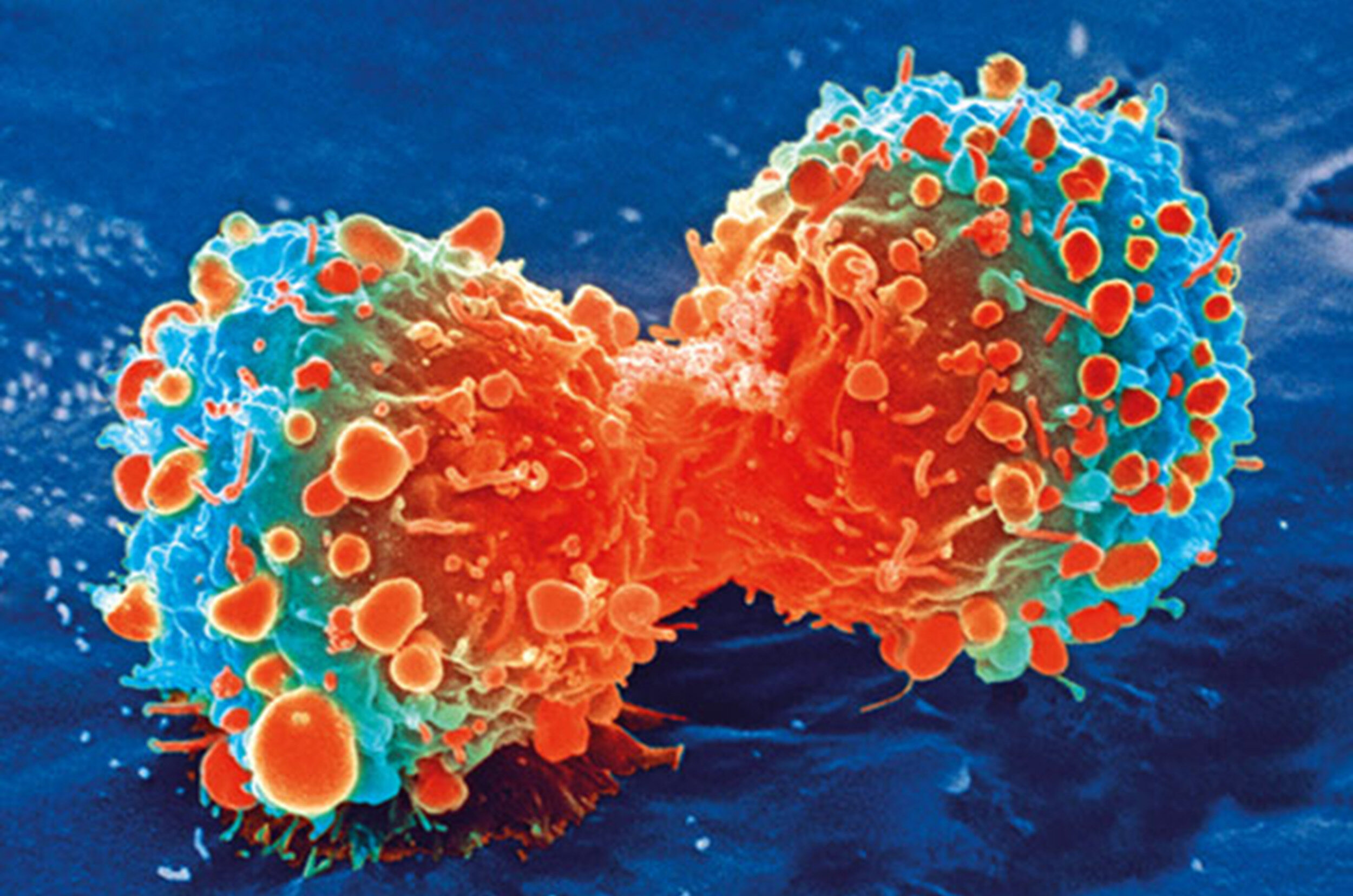#Infinite chains of hydrogen atoms have surprising properties, including a metallic phase
“#Infinite chains of hydrogen atoms have surprising properties, including a metallic phase”
While conventional methods can explain the properties of some materials, other materials, such as infinite hydrogen chains, pose a more daunting computational hurdle. That’s because the behavior of the electrons in those materials is heavily influenced by interactions between electrons. As electrons interact, they become quantum-mechanically entangled with one another. Once entangled, the electrons can no longer be treated individually, even when they are physically separate.
The sheer number of electrons in a bulk material—roughly 100 billion trillion per gram—means that conventional brute force methods can’t even come close to providing a solution. The number of electrons is so large that it’s practically infinite when thinking at the quantum scale.
Thankfully, quantum physicists have developed clever methods of tackling this many-electron problem. The new study combines four such methods: variational Monte Carlo, lattice-regularized diffusion Monte Carlo, auxiliary-field quantum Monte Carlo, and standard and sliced-basis density-matrix renormalization group. Each of these cutting-edge methods has its strengths and weaknesses. Using them in parallel and in concert provides a fuller picture, Zhang says.
Researchers, including authors of the new study, previously used those methods in 2017 to compute the amount of energy each atom in a hydrogen chain has as a function of the chain’s spacing. This computation, known as the equation of state, doesn’t provide a complete picture of the chain’s properties. By further honing their methods, the researchers did just that.
At large separations, the researchers found that the electrons remain confined to their respective protons. Even at such large distances, the electrons still ‘know’ about each other and become entangled. Because the electrons can’t hop from atom to atom as easily, the chain acts as an electrical insulator.
As the atoms move closer together, the electrons try to form molecules of two hydrogen atoms each. Because the protons are fixed in place, these molecules can’t form. Instead, the electrons ‘wave’ to one another, as Zhang puts it. Electrons will lean toward an adjacent atom. In this phase, if you find an electron leaning toward one of its neighbors, you’ll find that neighboring electron responding in return. This pattern of pairs of electrons leaning toward each other will continue in both directions.
Moving the hydrogen atoms even closer together, the researchers discovered that the hydrogen chain transformed from an insulator into a metal with electrons moving freely between atoms. Under a simple model of interacting particles known as the one-dimensional Hubbard model, this transition shouldn’t happen, as electrons should electrically repel each other enough to restrict movement. In the 1960s, British physicist Nevill Mott predicted the existence of an insulator-to-metal transition based on a mechanism involving so-called excitons, each consisting of an electron trying to break free of its atom and the hole it leaves behind. Mott proposed an abrupt transition driven by the breakup of these excitons—something the new hydrogen chain study didn’t see.
Instead, the researchers discovered a more nuanced insulator-to-metal transition. As the atoms move closer together, electrons gradually get peeled off the tightly bound inner core around the proton line and become a thin `vapor’ only loosely bound to the line and displaying interesting magnetic structures.
The infinite hydrogen chain will be a key benchmark in the future in the development of computational methods, Zhang says. Scientists can model the chain using their methods and check their results for accuracy and efficiency against the new study.
The new work is a leap forward in the quest to utilize computational methods to model realistic materials, the researchers say. In the 1960s, British physicist Neil Ashcroft proposed that metallic hydrogen, for instance, might be a high-temperature superconductor. While the one-dimensional hydrogen chain doesn’t exist in nature (it would crumple into a three-dimensional structure), the researchers say that the lessons they learned are a crucial step forward in the development of the methods and physical understanding needed to tackle even more realistic materials.
More information:
Mario Motta et al, Ground-State Properties of the Hydrogen Chain: Dimerization, Insulator-to-Metal Transition, and Magnetic Phases, Physical Review X (2020). DOI: 10.1103/PhysRevX.10.031058
Provided by
Simons Foundation
Infinite chains of hydrogen atoms have surprising properties, including a metallic phase (2020, September 14)
retrieved 14 September 2020
from https://phys.org/news/2020-09-infinite-chains-hydrogen-atoms-properties.html
This document is subject to copyright. Apart from any fair dealing for the purpose of private study or research, no
part may be reproduced without the written permission. The content is provided for information purposes only.
if you want to watch Movies or Tv Shows go to Dizi.BuradaBiliyorum.Com for forums sites go to Forum.BuradaBiliyorum.Com
If you want to read more Like this articles, you can visit our Science category.

